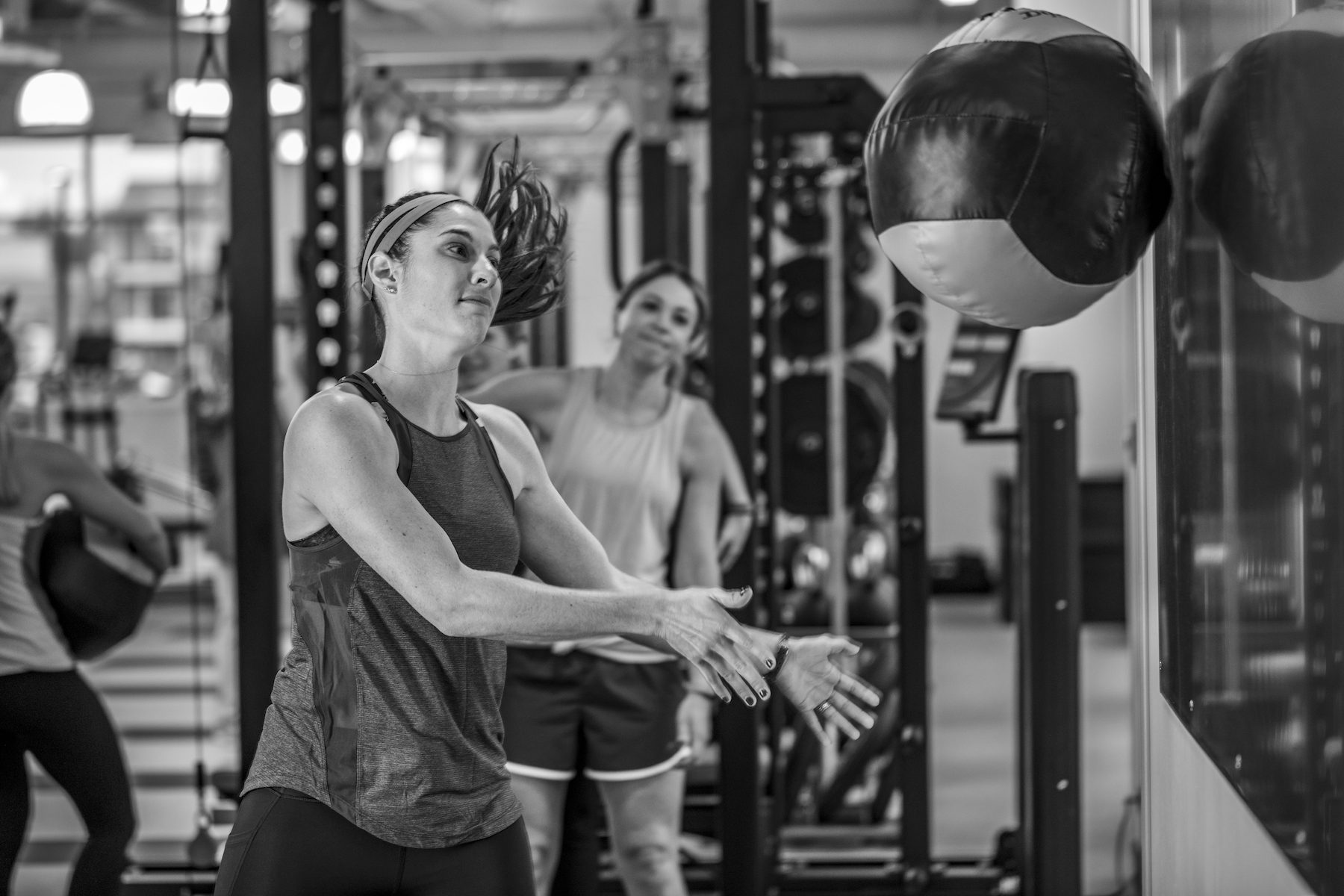The Relationship Between Speed, Strength and Endurance

Strength, speed and endurance training are interconnected. To reach new goals, it is important to understand how they are tied together. Most non-elite athletes want to know how developing all three elements can help them run, cycle or swim better. The truth is that most sports will have a dominant ability that contributes more to an athlete’s overall performance and success. For example, endurance plays a greater part in a long-distance runner’s success than a baseball player’s. But elite athletes understand that a combination of all of these training styles leads to superior results.
Muscular endurance, the combination of both muscular strength and endurance, plays a significant role in every athletic endeavor. As an athlete, you must push your mind and body to meet the demands of your sport. By teaching your muscles to continuously work to resist forces, whatever they may be, you build stamina. Then, your body has the ability to sustain exercises more effectively and perform more efficiently. Knowing where to draw the line between training and overworking is important, too.
Max Strength (Force Output) focuses on maximal motor unit recruitment in the muscles to put out the most force possible. In other words: how strong you are. Contrary to popular belief, the objective of max strength training is to recruit these maximal motor units within the muscle rather than tearing the muscle fibers to increase muscle size. The more units recruited, the stronger you become. Typical examples of max strength training are a low number of reps and heavier resistance. By being exposed to heavier stresses, your body adapts and can handle lesser stresses more efficiently and help prevent injury and fatigue prevention. (Gallina, 2018) All of these efforts will build muscle, bones and tendons in the process.
Power (Explosive Strength) is a combination of speed and strength that allows muscles to generate maximum force in minimal time. Mastering this combination makes a formidable opponent, especially in fast-paced sports. It’s essential these athletes can adapt and produce progressive moves quickly without exerting a risky amount of force. Exercises like squat jumps or agility drills are excellent examples of how explosive strength can be improved in the weight room.
Speed endurance is built through a combination of training speed skills with muscular endurance. Understanding when to use speed as an advantage during your sport elevates your skillset and strategy regardless of the sport. These athletes need to be able to repeatedly run quickness drills to accelerate and maintain top speed despite ever-increasing fatigue. To combat the effects of nearing exhaustion, athletes can run drills that focus on developing sprinting mechanics and targeting energy reserves.

Recent Comments